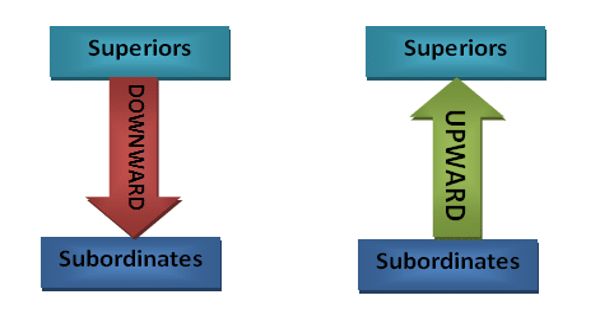Benefits of performance appraisals
The performance appraisal is an essential part of the human resources department’s contribution to an organization. An effective appraisal may not only eliminate behavior and work-quality problems, it can motivate an employee to contribute more.
Performance appraisals can be used to:
- Make employment decisions such as determining pay and promotions.
- Identify professional development needs.
- Identify factors in the work environment that help or hinder performance effectiveness
Motivation and Satisfaction
Performance appraisal can have a profound effect on levels of employee motivation and satisfaction – for better as well as for worse. Performance appraisal provides employees with recognition for their work efforts. The power of social recognition as an incentive has been long noted. In fact, there is evidence that human beings will even prefer negative recognition in preference to no recognition at all.
If nothing else, the existence of an appraisal program indicates to an employee that the organization is genuinely interested in their individual performance and development (Dewakar, 2008). This alone can have a positive influence on the individual’s sense of worth, commitment and belonging.
The strength and prevalence of this natural human desire for individual recognition should not be overlooked. Absenteeism and turnover rates in some organizations might be greatly reduced if more attention were paid to it. Regular performance appraisal, at least, is a good start.
Training and Development
Performance appraisal offers an excellent opportunity – perhaps the best that will ever occur – for a supervisor and subordinate to recognize and agree upon individual training and development needs.
During the discussion of an employee’s work performance, the presence or absence of work skills can become very obvious – even to those who habitually reject the idea of training for them Performance appraisal can make the need for training more pressing and relevant by linking it clearly to performance outcomes and future career aspirations. From the point of view of the organization as a whole, consolidated appraisal data can form a picture of the overall demand for training. This data may be analyzed by variable such as sex, department, etc. In this respect, performance appraisal can provide a regular and efficient training needs audit for the entire organization.
Recruitment and Induction
Appraisal data can be used to monitor the success of the organization’s recruitment and induction practices. For example, how well are the employees performing who were hired in the past two years? Appraisal data can also be used to monitor the effectiveness of changes in recruitment strategies. By following the yearly data related to new hires (and given sufficient numbers on which to base the analysis) it is possible to assess whether the general quality of the workforce is improving, staying steady, or declining.
Employee Evaluation
Though often understated or even denied, evaluation is a legitimate and major objective of performance appraisal. But the need to evaluate (i.e., to judge) is also an ongoing source of tension, since evaluation and development priorities appear to frequently clash. Yet at its most basic level, performance appraisal is the process of examining and evaluating the performance of an individual (Goel, 2008). Though organizations have a clear right – some would say a duty – to conduct such evaluations of performance, many still recoil from the idea. To them the explicit process of judgment can be dehumanizing and demoralizing and a source of anxiety and distress to employees.
It is been said by some that appraisal cannot serve the needs of evaluation and development at the same time; it must be one or the other. But there may be an acceptable middle ground, where the need to evaluate employees objectively, and the need to encourage and develop them, can be balanced.
Information Source:
















